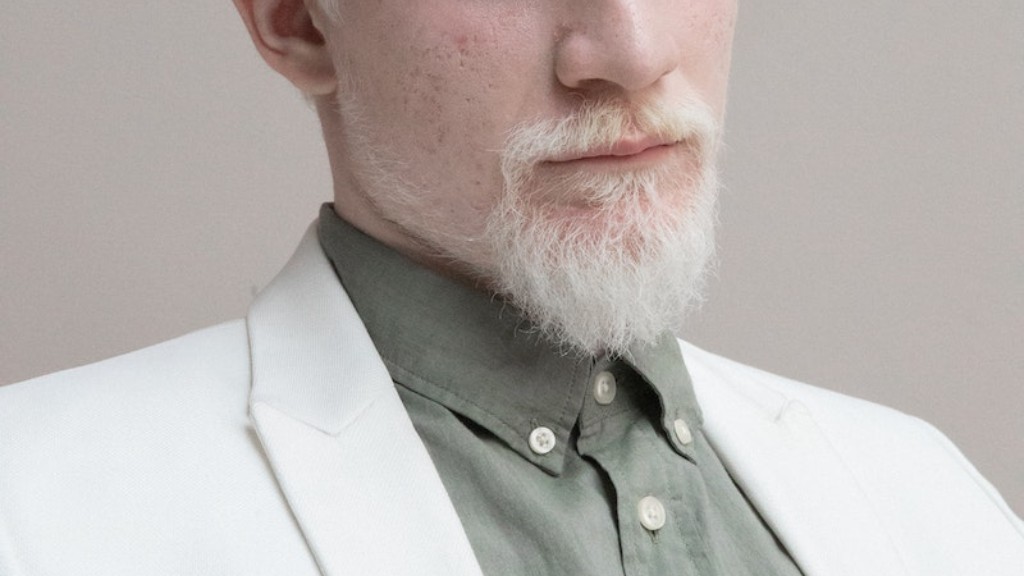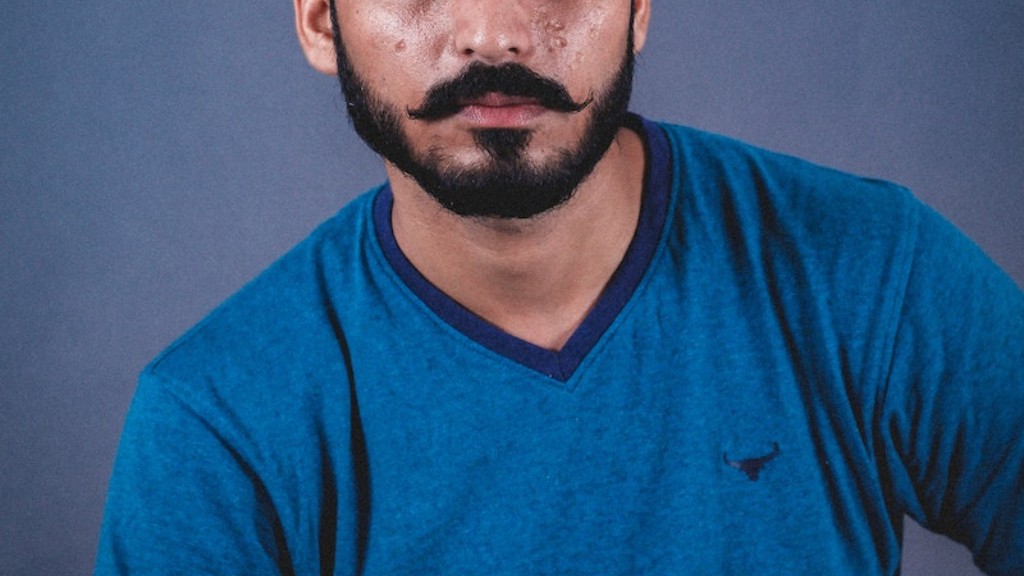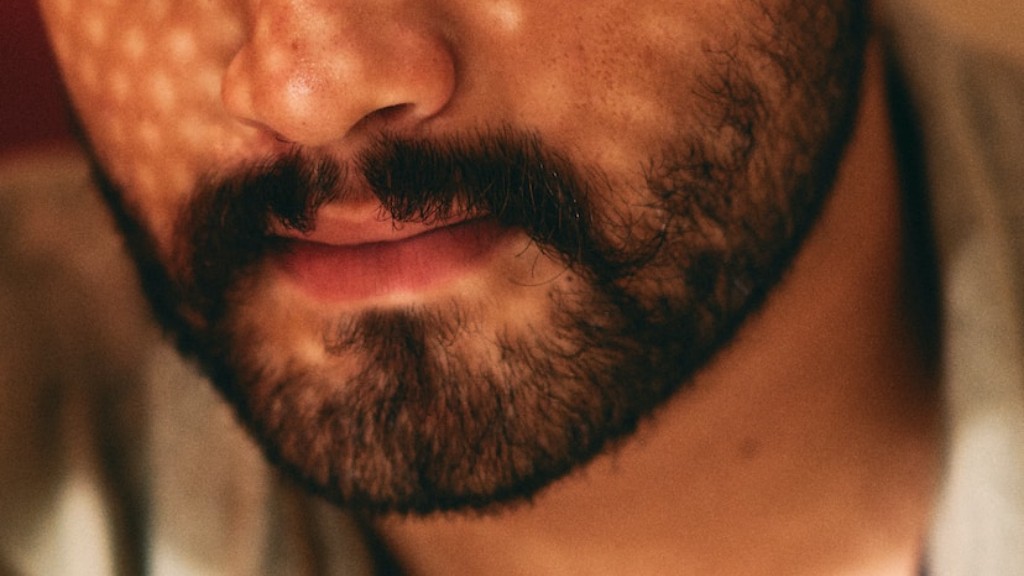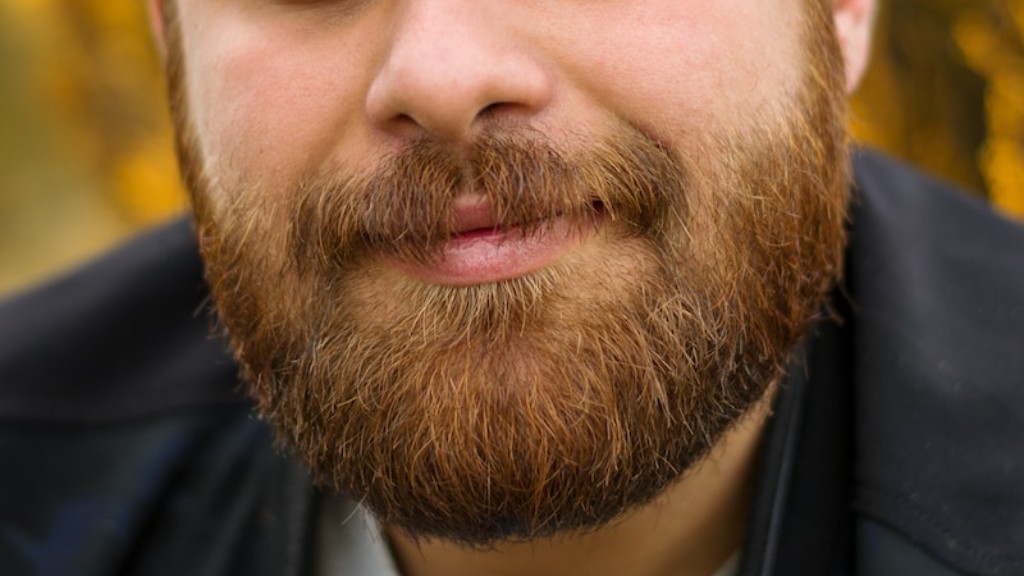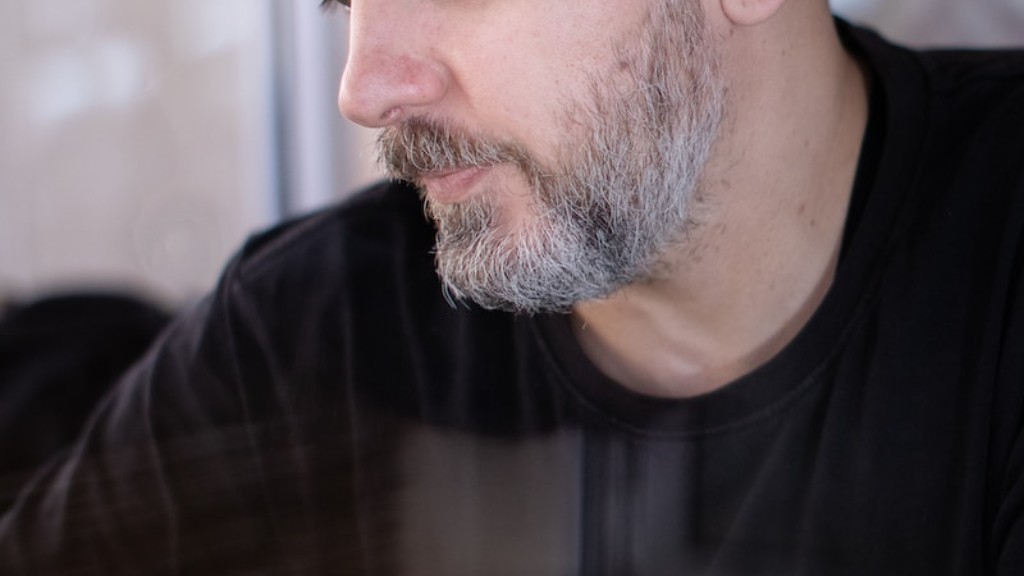There are many misconceptions about lice and their preferences for hair type. Contrary to popular belief, lice do not discriminate based on hair type or length. While it is true that lice are more commonly found in long hair, they can just as easily take up residence in short hair, or even facial hair such as beards. In fact, lice have been known to infest mustaches and beards more frequently than scalps.
Yes, a man can get lice in his beard. Lice are tiny insects that feed on human blood and can lay their eggs in hair. Beards are a common place for lice to live because they are close to the head, where lice like to feed.
How do you get rid of lice on your beard?
To remove lice, first comb through the hair with a special lice comb to remove as many lice as possible. Then, use your fingers or tweezers to pull out any remaining lice or nits. A magnifying glass can help you see the nits and lice better.
Facial hair is often coarse and widely spaced, making it difficult for head lice to live comfortably and attach. It is extremely rare for head lice to infest facial hair, though it does happen on rare occasions.
How common is beard lice
Lice can be a real nuisance, and they seem to be very persistent. They can live in eyebrows, chest hair, armpits, and eyelashes, too. However, finding lice in facial hair is relatively rare. If you do find them in your facial hair, it is important to get rid of them as soon as possible to avoid any further irritation or discomfort.
If you have lice in your beard, the best course of action is to have them removed professionally. Shaving your beard will not get rid of the lice, and they are likely living in your hair as well. The head is the first place these critters attack, so you need to get them removed before they spread.
Can pubic lice live in beards?
Pubic lice are small insects that live on the skin and hair of humans. They are most commonly found in the genital area on pubic hair; but they may occasionally be found on other coarse body hair, such as hair on the legs, armpits, mustache, beard, eyebrows, or eyelashes. Pubic lice are usually passed from one person to another through sexual contact.
Demodex mites are tiny creatures that live on the skin of humans and animals. Scientists have identified 65 different species of them in all, of which two—Demodex folliculorum and Demodex brevis—hang out on humans. They especially like hair follicles and are commonly found where hair grows on or near the face.
Have you got a beard? There’s probably quite a few mites in there. But don’t worry, they’re generally harmless. In fact, they may even be beneficial, as they eat dead skin cells and help keep the skin clean.
How do you know if you have lice on your face?
Intense itching on the scalp, body, or in the genital area is a common symptom of lice. A tickling feeling from movement of hair may also be present. Lice may also be visible on the scalp, body, clothing, or pubic or other body hair.
Hairspray is often used as a way to deter lice from grabbing hold of hair. The smell of hairspray and the use of solvents in them can make it harder for lice to hold on. In addition, tying back longer hair can also make it more difficult for lice to grab onto hair.
Do bald people get lice
If you’re bald, you don’t have to worry about getting head lice. They can’t hold on to your scalp without hair, and they’ll quickly die or fall off.
Demodex mites are tiny pests that live in human hair follicles, usually on the face. Almost everyone has them, but they are usually harmless. However, in people who are immunocompromised or have other skin conditions, Demodex mites can multiply quickly and cause problems.
Where do lice come from naturally?
There are a number of reasons why body lice may spread more easily in certain places. This can be due to close physical contact between people, or the sharing of resources like beds and blankets. In some cases, it may be related to socioeconomic or health inequities. These factors can make it difficult for people to clean themselves properly, or to access resources that would help prevent the spread of body lice.
Adult lice can live for up to 30 days on a person’s head. They need to feed on blood several times every day, and without this food source, they will die within 1 to 2 days. Lice are usually transmitted through contact with contaminated clothing or belongings, and can cause itching and irritation. If you think you may have lice, it is important to see a doctor or healthcare professional for treatment.
Can you get lice in your private area
Pubic lice are most commonly spread through sexual contact. The lice are usually found attached to hair in the pubic area, but they can also be found on coarse hair elsewhere on the body. Pubic lice infestations can cause a great deal of itching and discomfort. If you think you may have a pubic lice infestation, it is important to see a doctor or other healthcare provider so that appropriate treatment can be prescribed.
Males are less likely to get head lice than females, but they can still get them. Children are more likely to get head lice than adults, but adults can still get them. Head lice are most likely to spread in schools, day cares, and nurseries, but they can also spread between adults.
What should you not do when you have lice?
Sharing clothing can be a way of sharing head lice. Head lice are most often spread by direct contact with someone who has them. They can also be spread by sharing hats, scarves, coats, sports uniforms, hair ribbons, or barrettes. Combs and brushes can also harbor head lice. Be sure to disinfest combs and brushes used by an infested person by soaking them in hot water (at least 130°F) for 5–10 minutes.
Shaving your head will not get rid of lice or nits. This is because lice live on the base of the hair, and on the scalp. The nits are laid right at the base of the hair, oftentimes against the scalp. Shaving will not get close enough to make an impact on the lice and nits.
Conclusion
Yes, it is possible for a man to get lice in his beard. Lice are tiny insects that live on the skin and hair of humans. They are most commonly found on the scalp, but can also be found in other areas of the body, including the beard. Lice are spread through direct contact with an infected person or through contact with contaminated clothing, bedding, or other objects. Treatment for lice generally involves using a special shampoo or cream to kill the lice.
A man can get lice in his beard. Lice are tiny insects that feed on human blood. They are usually found in the hair, but can also be found in other places on the body, such as the beard. Lice are spread by direct contact with someone who has them.
